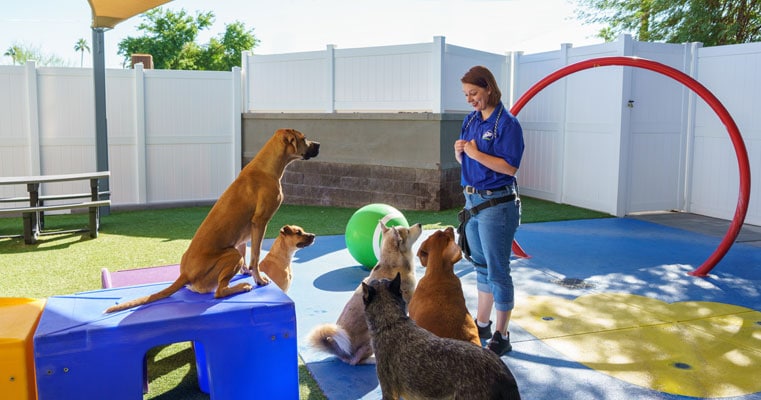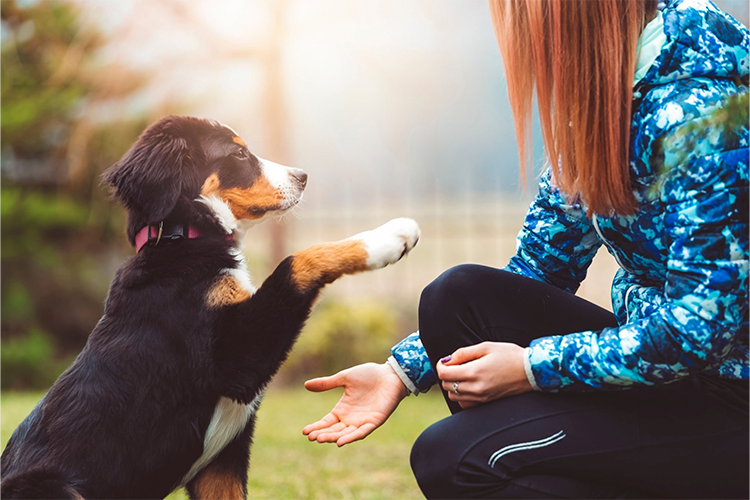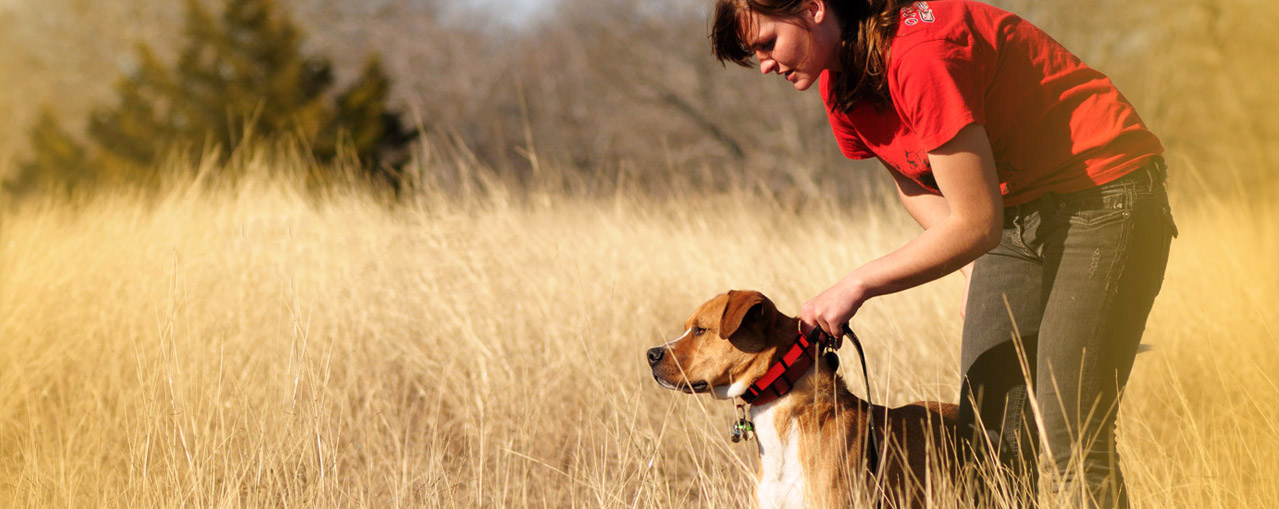Important Tips for Effective Dog Training: A Guide for Family Pet Owners
Effective pet dog training is a multifaceted process that calls for a critical technique customized to both the animal's temperament and the owner's objectives. Recognizing exactly how to navigate these obstacles can considerably enhance the training experience, ultimately changing the partnership between owner and canine.
Understanding Dog Behavior
Comprehending pet dog behavior is essential for effective training and fostering a harmonious relationship in between pooches and their owners. dog training. Pets communicate primarily with body language, vocalizations, and actions, making it crucial for proprietors to interpret these signals accurately.

Socialization plays a considerable role in pet dog actions; exposure to numerous settings, individuals, and various other animals can substantially influence a pet's temperament. Moreover, variables such as type characteristics and individual character ought to lead training techniques, as some types might have specific behavioral traits that require customized techniques. By understanding these aspects, owners can create an encouraging atmosphere that urges favorable actions, causing effective training outcomes and a much deeper bond with their pets.
Establishing Consistent Commands
Effective communication with your canine begins with developing constant commands. This fundamental element of training is essential for cultivating understanding between you and your pet. Consistency in the commands you make use of makes certain that your pet dog can reliably link certain words or expressions with the desired behaviors.
When selecting commands, choose clear, distinctive words that are easy to set apart and say from one an additional. Stay clear of using similar-sounding commands that may puzzle your pet dog. Using "rest" and "stay" is suitable, but "rest" and "hit" can lead to misunderstandings.
In addition, maintain the exact same tone and volume for each command. Canines are sensitive to singing cues, so differing your tone can produce complication.
It is similarly essential to ensure that all relative are on the same web page pertaining to the commands used. A united front in command use will certainly protect against combined signals and reinforce the knowing process.
Positive Support Techniques
The power of positive support in canine training lies in its capability to urge preferred actions via rewards and praise. This method is based in the principle that habits complied with by favorable end results are most likely to be repeated. By incorporating favorable support right into your training program, you can successfully form your dog's habits in a positive manner.
To carry out positive support, it's vital to recognize what motivates your canine, whether it be treats, toys, or spoken praise. When your dog performs a preferred action, such as resting on command, instantly award them with a reward or love. This association between the command and the positive result reinforces their understanding.
It's essential to timing the rewards discover this correctly; supplying the reinforcement within secs of the desired habits assists your canine make the link (dog training). In addition, consistency is essential-- make sure that all relative utilize the exact same commands and benefit systems to stay clear of complication

Gradually, you can reduce the regularity of deals with as your pet dog finds out the behavior, transitioning to praise or recurring incentives. This technique not just promotes a solid bond in between you and your canine but also advertises a favorable learning atmosphere, making training a pleasurable experience for both.
Socialization and Interaction
Continually subjecting your pet to a range of settings, individuals, and various other pets is critical for their social advancement. Socializing needs to begin early, preferably during the important home window of 3 to 14 weeks, when pups are most receptive to brand-new experiences. Older pet dogs can likewise profit from ongoing socializing efforts.
Introduce your pet dog to various settings, such as parks, pet-friendly shops, and metropolitan areas. This direct exposure aids them adapt to numerous stimulations, minimizing anxiousness and fear actions. Urge positive communications with various other pets and individuals, making certain that these encounters are controlled and safe to cultivate confidence.
Utilize organized playdates with well-mannered canines, as this can boost your pet dog's social abilities and teach them appropriate actions. Obedience courses and training sessions also offer exceptional possibilities for socializing, allowing your pet dog to communicate with others in a monitored environment.
Screen your pet dog's body movement during communications, as this will certainly aid you evaluate their convenience why not look here level. Slowly enhance exposure to more challenging circumstances while ensuring that each experience declares. A well-socialized pet is more likely to exhibit balanced actions, making them a pleasure to have in any kind of setting.
Attending To Usual Training Challenges
Every pet dog proprietor will experience training difficulties at some time, no matter of their pet's age or socializing level. Determining typical concerns such as stubbornness, interruptions, and terror can assist in developing effective strategies for enhancement.

Disturbances during training sessions can hinder focus. To fight this, begin training in a silent atmosphere with marginal stimuli. Progressively introduce interruptions as the pet comes to be a lot more skilled in commands. Short, regular training sessions are additionally reliable in maintaining interest.
Terror can impede a pet's discovering procedure. Progressive desensitization to the resource of anxiety, coupled with additional info favorable support, can assist minimize anxiousness. Perseverance is critical; never compel a dog right into a scenario that creates distress, as this may worsen the issue.
Ultimately, understanding and resolving these common difficulties with an organized technique will certainly promote a more effective training experience, enhancing the bond between canine and owner while advertising reliable knowing.
Final Thought
In summary, effective dog training depends on a detailed understanding of canine behavior, the facility of consistent commands, and the application of positive reinforcement methods. Socializing plays a critical duty in creating well-adjusted family pets, while dealing with common training obstacles requires persistence and flexibility. By executing these essential methods, pet dog owners can foster a solid bond with their canines and advertise preferable habits, inevitably causing an unified connection between humans and their canine friends.
Recognizing pet dog habits is crucial for efficient training and promoting an unified partnership in between pooches and their proprietors.Socializing plays a substantial duty in canine actions; direct exposure to various atmospheres, individuals, and various other pets can considerably impact a dog's character.The power of favorable reinforcement in pet training exists in its capacity to encourage preferred behaviors via rewards and praise. By including favorable support right into your training routine, you can properly form your pet's behavior in a positive manner.
In summary, effective dog training depends on an extensive understanding of canine actions, the establishment of consistent commands, and the application of favorable support strategies.